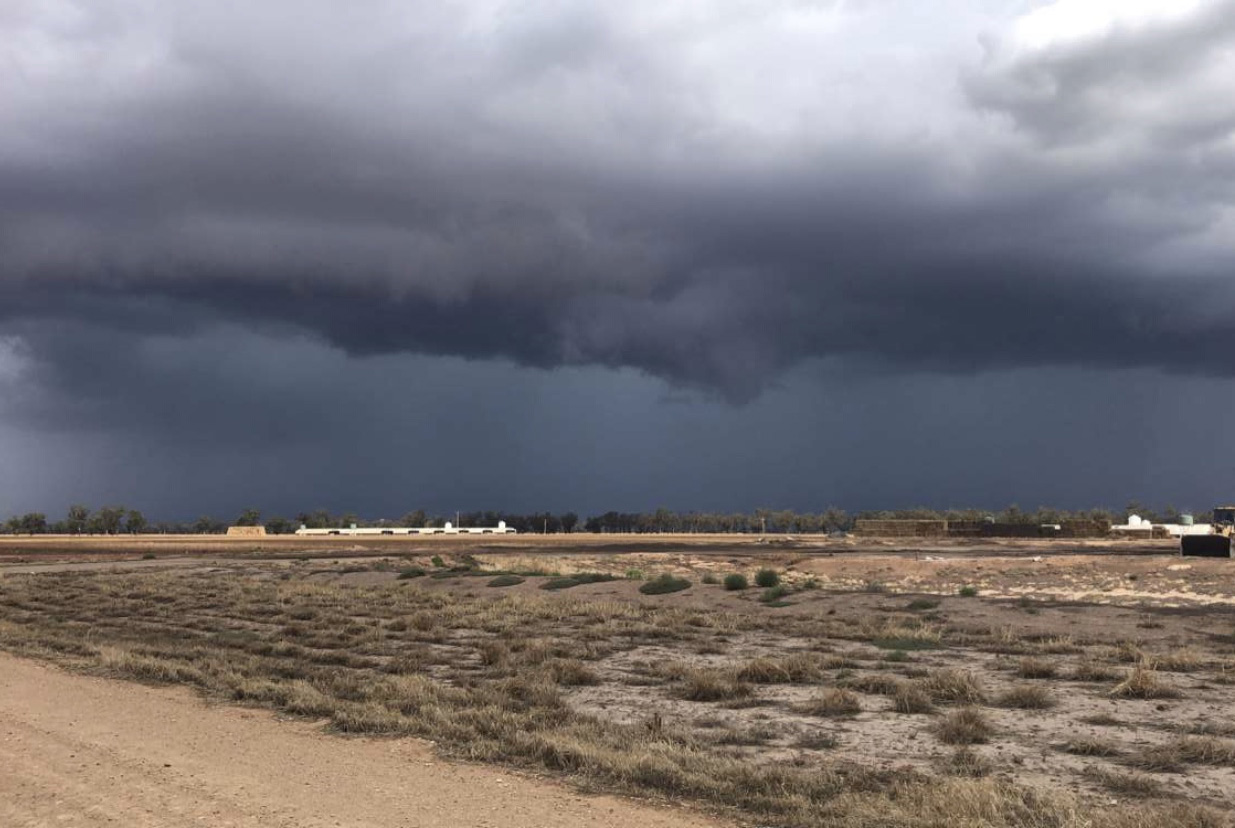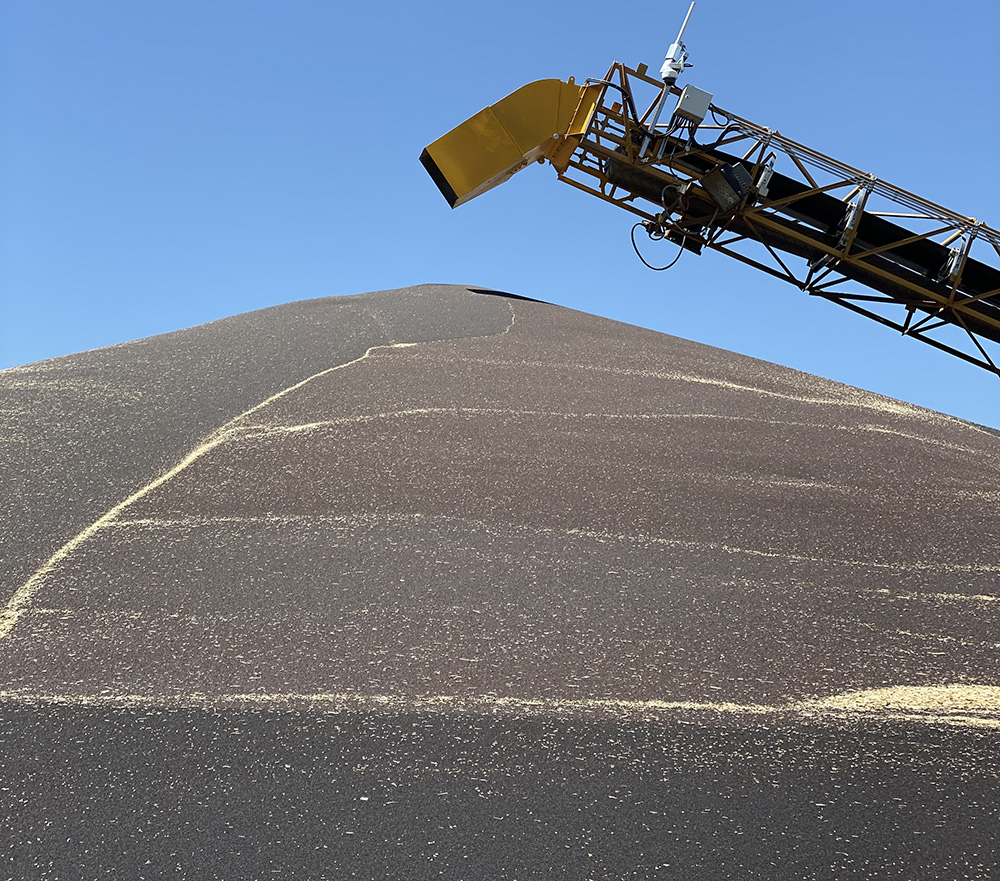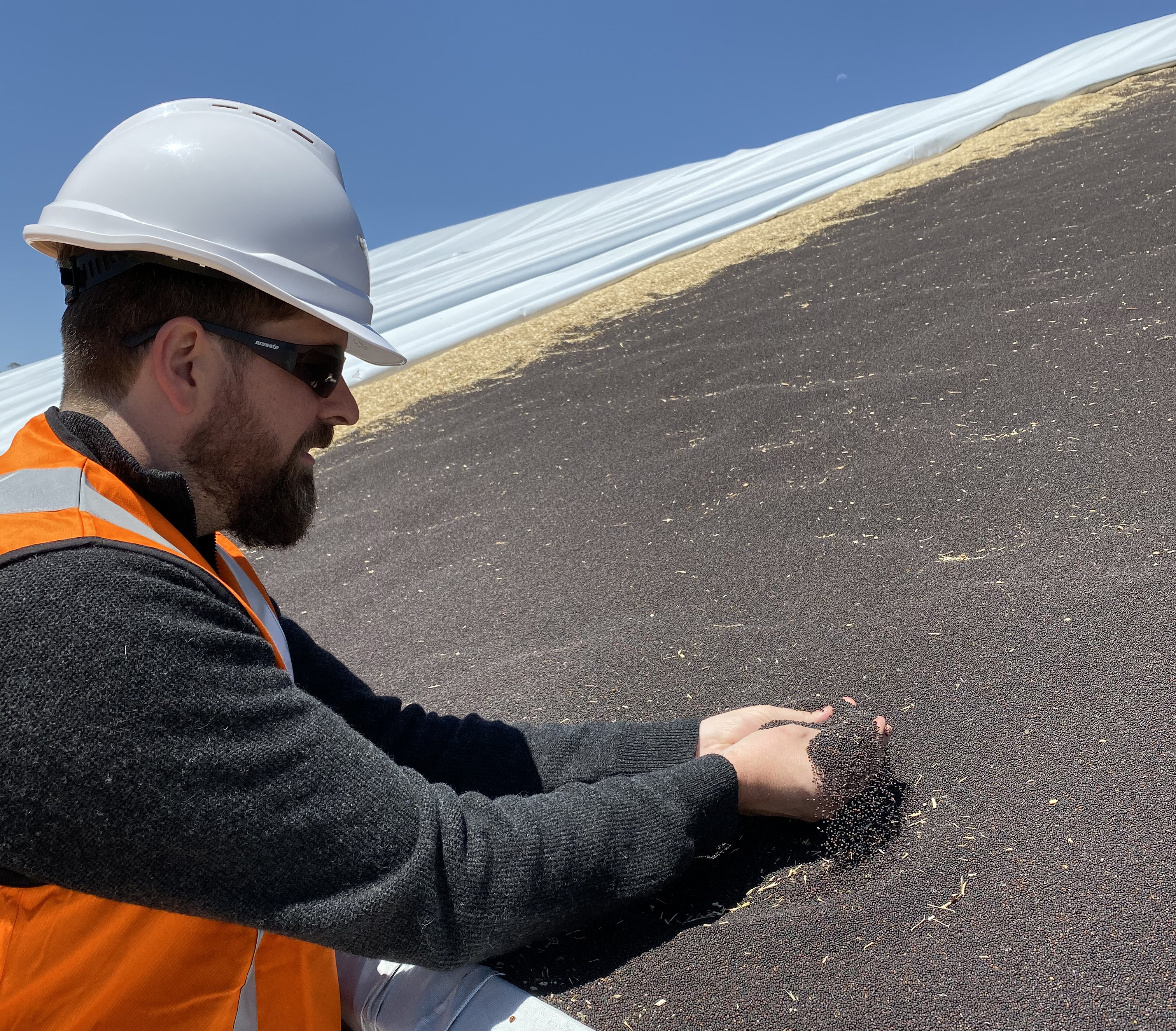WA Market Wrap - February
By David Cripps
18th February 2020
The 2019/20 harvest and a large part of the post-harvest marketing campaign is now behind us, and there were certainly some interesting price signals throughout this period.
The wheat market in particular has been buoyed post-harvest to some astonishing highs, which topped out around the $370-380/t FIS for most of January. So, what is the message here? Are we really running out of wheat in Australia, or have the major traders simply not learnt their lessons from the year before? Perhaps it’s a combination of both this year, with rumours that China have purchased wheat from Australian shores and the east coast deficit won’t disappear overnight. Time will ultimately tell here, although we have seen wheat prices retracing in recent weeks thanks to some relieving rain for our friends over east. Perhaps this is a sign of things to come for the wheat market.
Barley, in particular, is set for a turbulent period given the ever-present corona virus and the continued anti-dumping investigations from China. Add these to the recent rainfall on the east coast, giving farmers in NSW and QLD hopes for a big cereal crop in 2020, and you have another blow that could bring barley to its knees in the short-to-medium term.
Canola pricing would have been the stand out for WA farmers this year, they were only missing one important factor – yield! Yields were down significantly for the majority of the state due in part to the late break, and then due to the dry finish. East coast crushers were searching for seed to fill the void left by a lack of production. This along with renewed interest from China (thanks to their spat with the Canadians), really put a rocket under canola prices this season. Prices of $620/t FIS were almost always achievable this marketing year.
The big risks ahead for pricing in 2020/21 include continued east coast rainfall, as mentioned previously. If things turn around in a big way for the east coast and we see sustained rainfall into an April/May planting, there is a risk that basis levels will weaken significantly so that Aussie wheat becomes a viable player on the world stage again. Plenty of water to go under the bridge before planting time however, and the moisture shortfall is still considerable.
Another risk globally is a large Black Sea crop as we have become accustomed too. Although it has been quite a warm period in many parts of the Black Sea, relatively speaking, there haven’t been any notable reports of winter kill. And even though the crop still has to get through the tricky spring period, Russia has a large number of acres planted, which looks like an ominous sign for global wheat for the 2020/21 marketing campaign.
With Rain Comes Optimism

Widespread rain across Queensland and New South Wales over the past 10 days has been more than welcome through the cropping and pastoral regions. Isolated falls of up to 12 inches have been recorded to date with more forecast for the current week.
Read MoreNew VICTORY® Canola Segregation at GrainFlow Charlton

With the increased demand for VICTORY® Canola we have taken the opportunity to widen our VICTORY® footprint by opening a new segregation at Charlton GrainFlow which will provide growers in Central Victoria the ability to deliver VICTORY® Canola locally.
Read MoreCanola Market Report

With the recent dry conditions many growers are looking for ways and means of reducing any type of risk in their operation. It is natural that many growers have started to consider lessening their biggest crop growing risk of all - the risk of growing canola!
Read MoreAsh and Will helping fire affected communities

Will Mason, who is the maintenance supervisor at Cargill’s Footscray crush plant, and his partner Ash, were so inspired by the support given to farmers devastated by bushfire they knew there was only one thing to do. Get involved.
Read More